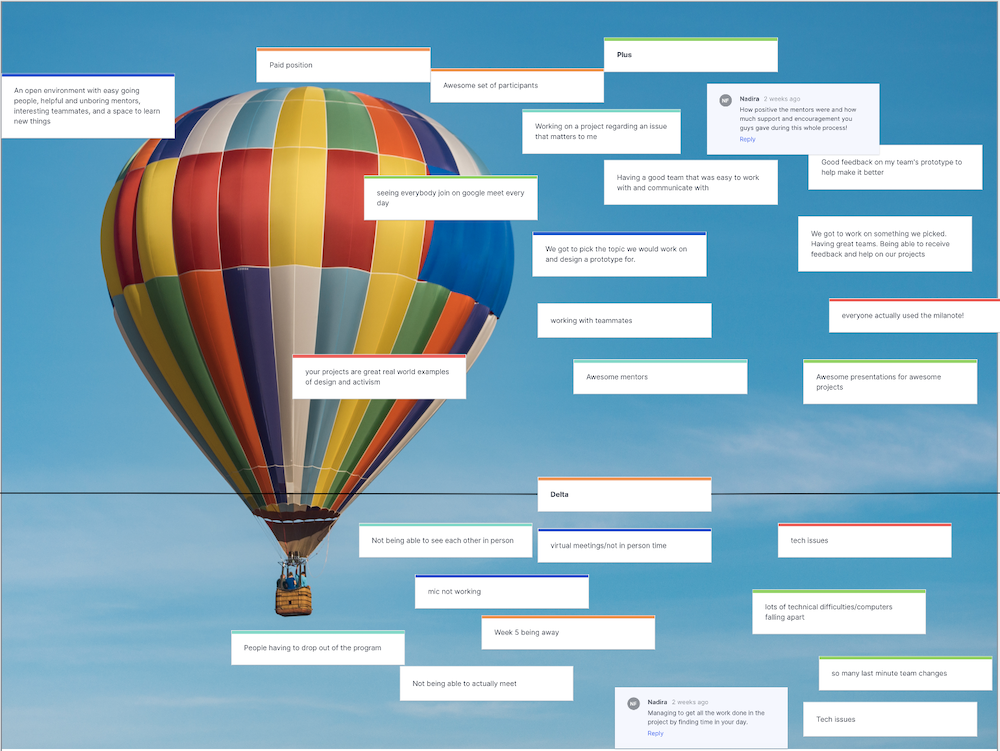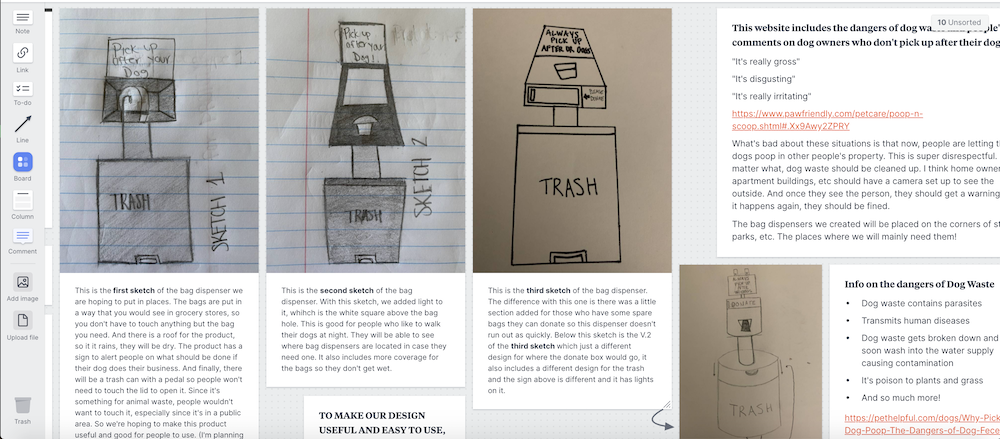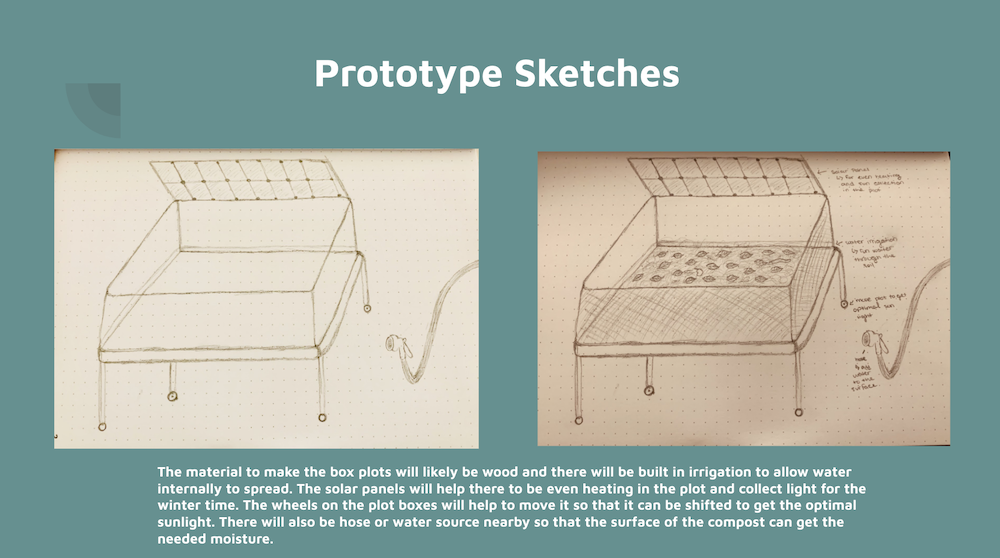Summer Design Project Recap
Learn all about CoDesign Collaborative’s virtual summer design program in Cambridge, MA!

Pluses and Delta mapping from the Summer Design Project teens at the end of the program.
By Mimi Shalf
This July, in collaboration with the city of Cambridge’s Mayor’s Summer Youth Employment Program and the MassHire Metro North Workforce Board YouthWorks program, CoDesign Collaborative launched the fully virtual Summer Design Project. During the six week program, high school students learned about the design process, working in teams to identify problems in their communities and design approaches to address them. With the support of the teaching team and occasional coach visits, the teens worked through multiple ideas, prototypes, and iterations before ultimately presenting their final projects.
Summer Design Project consisted of daily 90 minute meetings over Google Meet, with an additional 90 minutes of independent work time. We used Milanote as our main mode of conveying information and hosting important resources, instructions, and activities. The interactive tool served as our “bulletin board” of ideas and projects and was also where teens added reference information, independent work assignments, and reflections.

How one group of teens used Milanote for their project
At the beginning of the program, the teens were asked to share their personal learning goals for the summer. Their goals ranged from improving math and science skills to exploring different types of art and design. Additionally, almost every student mentioned improving teamwork skills or public speaking as one of their top learning goals for the program.
Luckily for them, they were put into teams for their final project, after spending the first three weeks getting familiar with the design process and learning about the different tools and methodologies that they could use. We incorporated the interactive aspect of a physical program into our virtual workspace by including discussions, physical activities, and collaborative Milanote activities. Some of our teens’ favorite activities were a brainstorm session on what to do with fallen leaves, a rapid prototyping activity for improving each individual’s work space, and a collaborative affinity mapping activity that combined mind maps and affinity mapping to map the tweets on an Animal Crossing Twitter thread.

Rapid Prototyping – a student’s prototype of a couch to improve their work from home experience

Animal Crossing Twitter affinity mapping activity, which began with a mind map
Throughout the first three weeks, we had several students come and go due to scheduling conflicts, family emergencies, or enrollment issues. As a result, we started with four teams of two and ended with two teams of three. Despite these frequent and sometimes abrupt changes, the teens accepted the challenges and graciously welcomed new members into their groups or changed ideas. Their preliminary ideas ranged in specificity from an app to address covert racism to much broader areas like climate change.
As the teens worked and team reorganization settled down, they were able to narrow down the issues they cared about and begin their ideation process. Both groups were interested in environmental justice, approaching their projects through the lens of community driven change. One group chose to address a lack of clean outdoor spaces for socializing due to people not picking up after their dogs by improving on existing doggie bag dispensers. They collected and analyzed survey data from dog owners, created cardboard prototypes and sketches, and went out to inspect existing doggie bag dispensers in the parks and neighborhoods nearby. The other group was concerned with food waste and its ecological impact, narrowing their idea down to focus on incorporating composting into community spaces. They spent their time doing extensive precedent research on composting and its effects on the environment, and interviewed a professional in waste reduction in the city of Cambridge. For their health and safety during the pandemic, they utilized Google Maps to identify areas that could support a composting plot and prototyped a movable composting plot using paper.
The last week of the program was spent preparing for presentations and learning about ways the teens could continue working on their projects outside the bounds of CoDesign Collaborative’s program. The doggie bag dispenser group (dubbed DDB) used their research findings to design a colorful doggie bag dispenser that featured a light for night time walks, bright colors to make it more visible, and a system to keep it consistently stocked.

Final design for the group Doggie Bag Dispensers
The compost group (named Food Waste Consciousness Project) created a thorough plan on how to add community composting plots to their neighborhoods and drafted a few designs for the plots themselves. They planned to add portable plots to existing community gardens, and have fun celebrations or festivities that would serve to introduce composting and educate the community.

Food Waste Consciousness Project’s sketches of their composting plot
On our final day, the teens participated in a program reflection and virtual celebration with games and trivia. Upon reflecting on their goals, one teen said, “I learned to work better with a team and also how to make one design go to a whole other level. Like improving things and not keeping the same design in the beginning.” Another student added, “Plus, I liked the program and how it got to open a more creative part of me when it comes to designing.”
Before our time with them came to an end, we sent the teens boxes of design tools they could use at home. We plan to keep in touch with them, and are excited to continue supporting their futures in design.